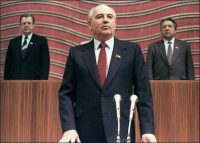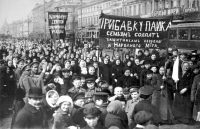
When New York City Was the Capital of American Communism
The Brooklyn-born playwright and critic Lionel Abel, who cut his political teeth in left-wing circles in Greenwich Village in the 1930s, remarked in his memoirs that during the Depression years, New York City “went to Russia and spent most of the decade there.” Leaving aside Mr. Abel’s taste for the mordant, he had a point.
For a few decades — from the 1930s until Communism’s demise as an effective political force in the 1950s — New York City was the one place where American communists came close to enjoying the status of a mass movement. Party members could live in a milieu where co-workers, neighbors and the family dentist were fellow Communists; they bought life insurance policies (excellent value for money) from party-controlled fraternal organizations; they could even spend their evenings out in night clubs run by Communist sympathizers (like the ironically named Café Society on Sheridan Square in Greenwich Village, a showcase for up-and-coming black performers like Billie Holliday).… Seguir leyendo »










